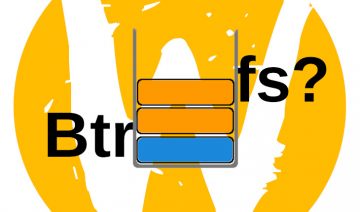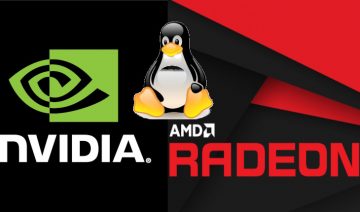As part of the Xfce 4.13 development releases, another important component of the venerable D.E. (Desktop Environment) has now been ported to the newer and more modern GTK+3 toolkit.
Simon Steinbeiß, one of Xfce’s core developers, notes[1] in his blog:
“[…] the first development release of the xfce4-panel is out and I am happy to say it is usable!”
For those who are not familiar with it, xfce4-panel comprises both the top bar and the bottom dock you see in the image above. In fact, the panel is customizable and versatile so it can be made to look in different shapes and sizes, and serve multiple purposes accommodating the user’s needs.
According to Simon, the Porting of the panel originally started in March 2013 (more than 4 years ago) however, despite the long development time, there are currently a few regressions, potential bugs and backwards compatibility issues.
Some of the most notable of these includes:
Known Issues
- Panel settings may not all be kept as the configuration is not 100% backward compatible.
- Drag and drop of panel plugins via the plugins’ context menu action “Move” is currently broken.
- Intelligent hiding currently contains small regression (when opening a menu, the panel hides and comes back immediately while it should just remain visible).
- Enter/leave opacity does not work for Gtk2 plugins.
- The panel is not visually focused by default.
Also, one feature deprecation (xfce_panel_image) actually introduces improvements in icons that rest on the panel, as those should now avoid fuzziness, thanks to GTK+3 capabilities.
Features of xfce4-panel 4.13
As mentioned earlier, this is a development release thereof as such there shouldn’t be any dramatic new features expected to be presented in it. That said, the following might be considered dramatic to some of you and the good news are that this feature has been actually implemented, that is – “the panel will not stay on the left-most monitor by default but jump to the monitor that you define as ‘primary’ in xfce4-settings Display dialogue.”
Moreover, theming for the panel was also added to Greybird theme – Xfce’s default theme (in majority of distributions). So theme developers could use it as an example to add panel support to their own Xfce themes.
As of current, xfce4-panel 4.13 still needs some refinements to reach the stability level Xfce usually ships its finished, non development, versions.
These refinements relies to some extent on users testing and so, if you feel bold enough to do so, xfce-test suite is a docker environment you could use for testing – get it here. Or, you may install the latest development (4.13) release of Xfce in VirtualBox or straight on your distro as well.








